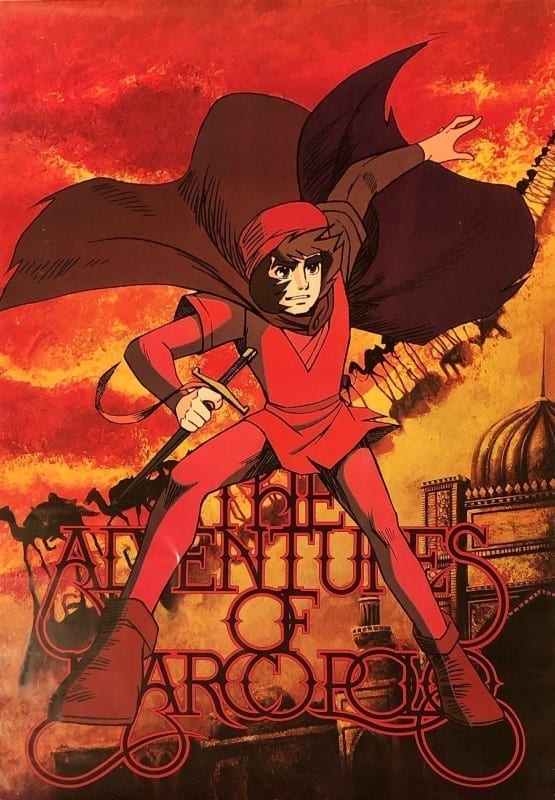Name : Fatemeh Ahmadi, Curator Museum of History of Natural Sciences | Country : Iran | Years Active : 15 | Website : National Museum of the History of Iranian Medical Sciences & Farhange Muze (Museum Culture)


How do you describe your work to people who don’t know anything about your field?
I am studying the heritage and history of medicine in Iran, and the other countries. I try to communicate the knowledge and history of medicine in story form. Telling stories is always attractive to people (museum visitors) even when they don’t know anything about the objects that they’re viewing.
What inspired you to become a curator?
I really enjoy studying the history of medicine. I also love sharing research and connecting with other curators in the field, from around the world.
Why did you choose this particular field of research?
My field of study in university was museology because I love museums. I love learning about and teaching histories of people in the past, and for the future since museums belong to the future. Also, museum spaces make me feel calm.

What is the most memorable object you’ve researched, or worked with?
A human skull from 4,800 years ago which is one of the earliest examples of brain surgery discovered. It is wonderful. Archaeologists excavated it in the Sistan Province, in the Southern Iran. See article: “First Skull Surgery in Iran: The Burned City and a 4800-Year-Old Skull”
Do you recall when was the first time you heard of the phrase “Silk Road”? What was your first impression of it?
When I was a child. I thought it had something to do with Marco-Polo (1254-1324) – the Italian merchant, explorer, and writer who travelled through Asia along the Silk Road between 1271 and 1295.
What is your most memorable experience of travelling along the Silk Road?
I have visited China twice, and Italy once. Venice was fantastic.
Which city or region along the Silk Road are you looking forward to visit, for the first time?
Shanghai.
What language(s) spoken along the Silk Road have you studied, or would wish to study?
I would like to study Chinese (and Italian).


What is the hardest part of your work that people don’t realize?
It is easy for me to work the people. But sometimes museum visitors ask me questions that come from their imagination. By that I mean, they dream about some objects in the museum (and, ask hypothetical questions), and I don’t have clear answers to their inquiries. I do, however, try to be patient and explain the historic and scientific backgrounds of each object or set of objects to help answer their questions.
What is your dream (or even fantasy) research project?
I would like to travel the Silk Road by car, or by bus. It is my dream to travel from Xi’an to Rome by car. I would like to make some movies since they can help people understand stories we tell in museums.
If it were possible, what historic figure would you like to meet? Why?
One of the Terracotta Warriors in Emperor Qinshihuang’s Mausoleum Site Museum, in Xi’an. Also, Cyrus The Great, in Persepolis.

What movie best depicts a historic or aesthetic aspect of the Silk Road?
The Japanese Adventures of Marco Polo (TV Series) made in 1979.

What music or soundtrack most embodies the sound of the Silk Road for you?
I don’t know exactly. I am not very familiar with music in this field. Come to think of it, I do like Iranian-Armenian singer-songwriter Andy’s Chi Begam whose video shows him traveling along parts of the Silk Road.
What fundamental change(s) in your work do you anticipate in the post-pandemic world?
Traveling has been difficult. I don’t like to travel by visual spaces. I would like to touch silk road and cultures and museums by my fingers and my eyes.
What modern day cultural trend (sports, music, art, architecture) has its roots in the Silk Road – that majority do not know?
Actually all of them. But architecture is particularly important. Examples of architectural inventions and trends that were initiated on the Silk Road are prevalent throughout the world.
